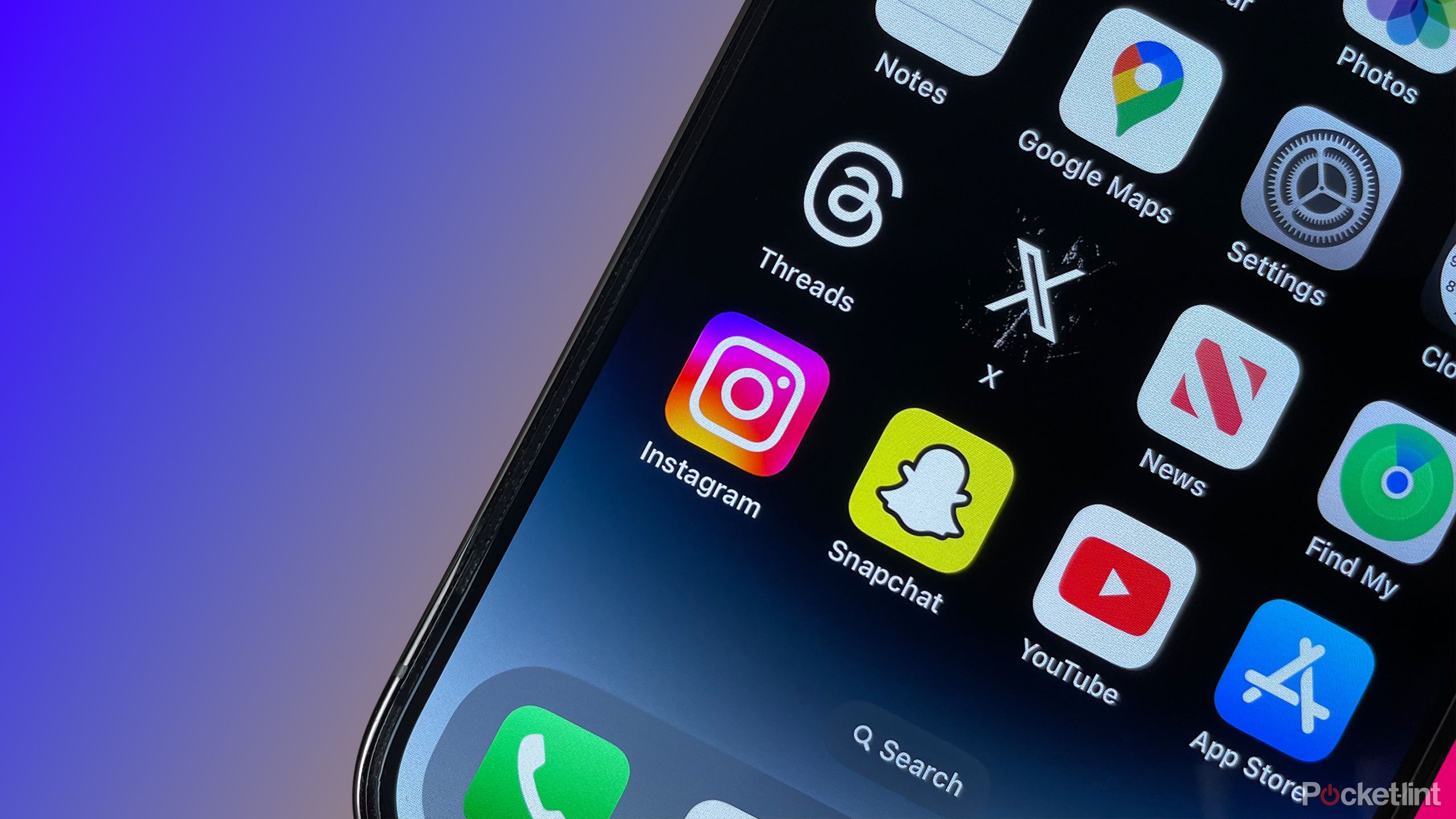How to setup passkey across personal Google accounts: Here is a step-by-step guide
Google recently rolled out passkey to replace passwords across personal Google accounts on all major platforms. The feature came a year after Google said alongside the FIDO alliance, Apple and Microsoft it would begin work to support passkeys on its platform.
“Maybe by next year’s World Password Day, you won’t even need to use your password, much less remember it!” Google said in a blog post.
Passwords are generally difficult to remember and are vulnerable to cyber-attacks and leaks, which can put users at risk.
Passkeys are currently available only for personal Google accounts. So, if you want to set up a passkey for your account, here is a step-by-step guide on how to do it.
Step-by-step guide to set up passkey on personal Google accounts
Step 1: Log on to myaccount.google.com.
Step 2: On the left side of the window, click on Security.
Step 3: Under How you sign in to Google, click on Passkeys.
If you don’t see the option, then first click on Use your phone to sign in to link your account to a device like a phone or tablet.
Step 4: On clicking Passkeys, a prompt will open that says Check your phone. Verify your identity through your phone.
Step 5: Under Start using your passkeys, click on Use passkeys.
Step 6: A prompt will open that says You can now use your passkeys to sign in, click Done.
If you sign into your Google account from any Android device, it will automatically create passkeys for you.
You can create other passkeys by clicking on Create a Passkey. If you are on a device that cannot be used to create a passkey, a prompt will open up saying that A passkey can’t be created on this device and click on Use another device. Scan the QR code to create a new passkey from your smartphone or tablet.
After setting up the passkey, when you will log in to your account, a prompt will ask you to choose from an External security key or built-in sensor and Use a phone or tablet. Choose as per your convenience login to your account.
Meanwhile, Gmail will now show a blue verified checkmark next to senders’ names. This will help users to judge the authenticity of emails. The full rollout of this feature will take three days starting May 3, 2023. The feature is available to all Google Workspace customers, as well as legacy G Suite Basic and Business customers.
The post How to setup passkey across personal Google accounts: Here is a step-by-step guide appeared first on Techlusive.

Google recently rolled out passkey to replace passwords across personal Google accounts on all major platforms. The feature came a year after Google said alongside the FIDO alliance, Apple and Microsoft it would begin work to support passkeys on its platform.
“Maybe by next year’s World Password Day, you won’t even need to use your password, much less remember it!” Google said in a blog post.
Passwords are generally difficult to remember and are vulnerable to cyber-attacks and leaks, which can put users at risk.
Passkeys are currently available only for personal Google accounts. So, if you want to set up a passkey for your account, here is a step-by-step guide on how to do it.
Step-by-step guide to set up passkey on personal Google accounts
Step 1: Log on to myaccount.google.com.
Step 2: On the left side of the window, click on Security.
Step 3: Under How you sign in to Google, click on Passkeys.
If you don’t see the option, then first click on Use your phone to sign in to link your account to a device like a phone or tablet.
Step 4: On clicking Passkeys, a prompt will open that says Check your phone. Verify your identity through your phone.
Step 5: Under Start using your passkeys, click on Use passkeys.
Step 6: A prompt will open that says You can now use your passkeys to sign in, click Done.
If you sign into your Google account from any Android device, it will automatically create passkeys for you.
You can create other passkeys by clicking on Create a Passkey. If you are on a device that cannot be used to create a passkey, a prompt will open up saying that A passkey can’t be created on this device and click on Use another device. Scan the QR code to create a new passkey from your smartphone or tablet.
After setting up the passkey, when you will log in to your account, a prompt will ask you to choose from an External security key or built-in sensor and Use a phone or tablet. Choose as per your convenience login to your account.
Meanwhile, Gmail will now show a blue verified checkmark next to senders’ names. This will help users to judge the authenticity of emails. The full rollout of this feature will take three days starting May 3, 2023. The feature is available to all Google Workspace customers, as well as legacy G Suite Basic and Business customers.
The post How to setup passkey across personal Google accounts: Here is a step-by-step guide appeared first on Techlusive.




